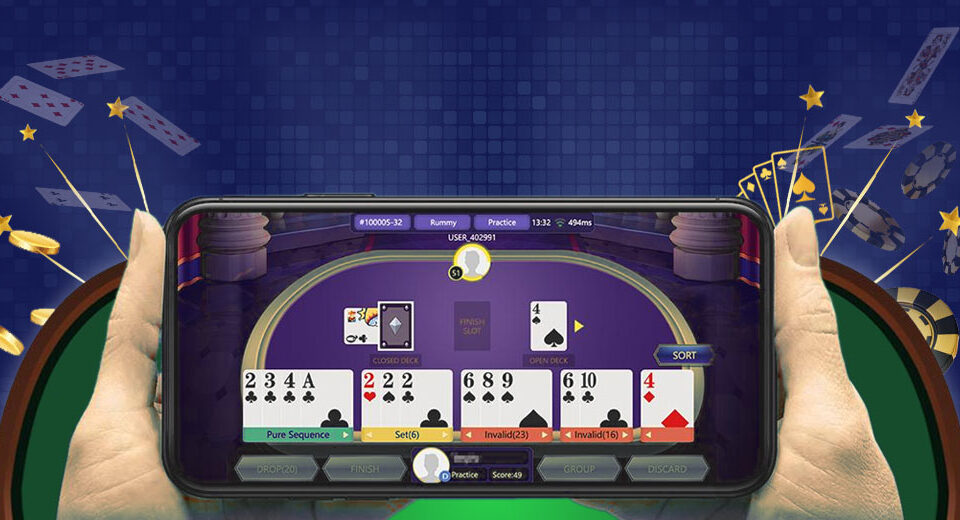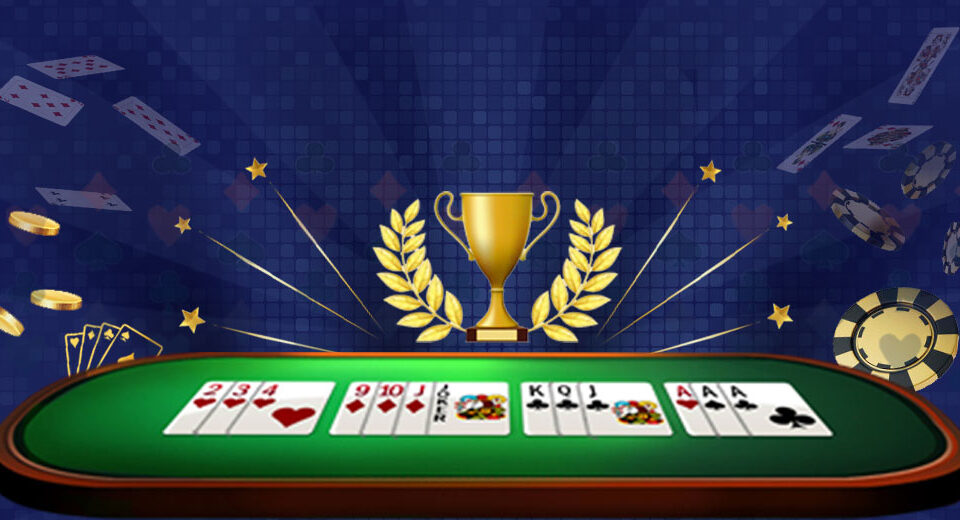The History and Origins of Indian Rummy: Exploring its Rich Past
Imagine an old chamber in colonial India, with delicate card shuffling, whispered strategy, and the palpable intensity of a game that could change the world. Indian Rummy is a cultural phenomenon that has permeated the very fabric of our social relationships, enduring centuries of change and rising as a cherished national pastime, not just a card game.
The Ancestral Roots
Unlike common assumptions, Indian Rummy did not just arise out of thin air. Its history spans countries and civilizations, and it is based on a remarkable fusion of worldwide card game customs. Today's game is a wonderful mix of influences—part Gin Rummy from the West, part traditional Indian card-playing techniques, and totally its own original innovation.
During the colonial period, European immigrants and merchants introduced variants of card games to the Indian subcontinent. These games changed and grew, absorbing regional playing techniques and cultural quirks. What emerged was something wonderfully hybrid—a game that stayed clearly Indian while speaking other ethnic languages.
The Social Fabric of Rummy
Rummy is a social ritual more than just entertainment in Indian homes. Without a lively Indian Rummy game, family get-togethers, joyous festivities, and laid-back gatherings seem incomplete. The game creates a global language of strategy, ability, and friendship beyond age, socioeconomic level, and geographic borders.
Within the same thirty minutes, where else might a grandma, a college student, and a working professional sit together, compete furiously, and enjoy uncontrollably laughter? Rummy designs these enchanted social events that shape our relationships.
The Strategic Evolution
The sophisticated strategic complexity of Indian Rummy is what really makes the game interesting. Rummy calls for mental agility, psychological understanding, and fast decision-making-qualities unlike those of just fate. Players watch others, detecting subtle cues and planning actions several steps ahead, not just cards.
The rules of the Indian rummy card game have changed naturally, with various areas creating their own minute variances. From the busy streets of Mumbai to the peaceful villages of Madhya Pradesh, every place has added its own taste to the game, hence transforming Rummy into a real, breathing cultural relic.
Legal Landscape and Modern Transformation
Rummy has shot from living rooms to cell phones thanks to the digital age. Online sites have democratized the game, letting participants from far-off parts of India compete, learn, and have fun. This digital transformation has not lessened the core of the game but rather increased its popularity and reach.
Legally, Rummy claims an intriguing place in India. Approved as a game of skill rather than just fate, it has negotiated challenging legal environments and become a valued source of entertainment valuing mental ability and strategy.
Conclusion
In essence, Indian Rummy is a reflection of some core aspects of our character as a nation which include but are not limited to being flexible, being planners, and well as ability to solve complex issues while having fun. This game mirrors the Indian society which is full of competition and at the same time people come together, it is also a blend of culture that is static on one hand and dynamic on the other.
Therefore, when shuffling cards for the next game remember that it is not just a game. You will be taking part in an activity that forms part of a rich centuries-old culture that continues to keep millions of people engrossed, stimulated, and united all over the nation.




